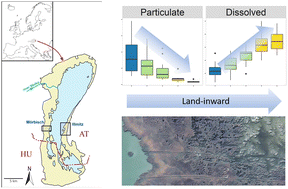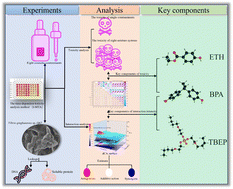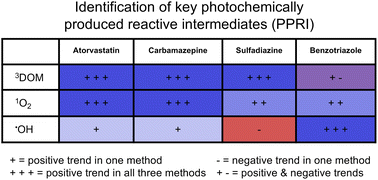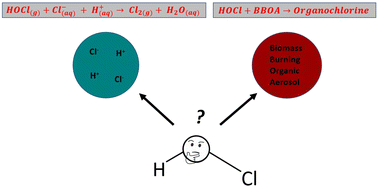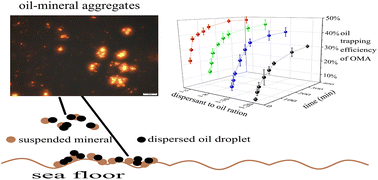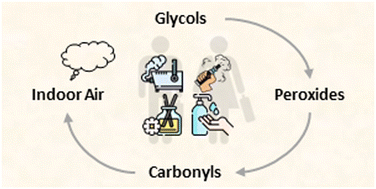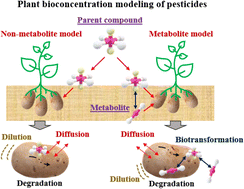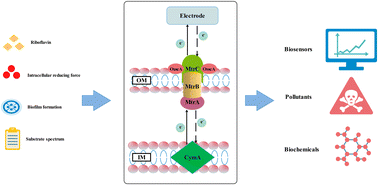Environ. Sci.: Processes Impacts, 2023, 25,1505-1518
DOI: 10.1039/D3EM00152K, Paper
DOI: 10.1039/D3EM00152K, Paper
 Open Access
Open Access This article is licensed under a Creative Commons Attribution 3.0 Unported Licence.
This article is licensed under a Creative Commons Attribution 3.0 Unported Licence.Ottavia Zoboli, Roland Hainz, Patricia Riedler, Georg Kum, Elisabeth Sigmund, Silvia Hintermaier, Ernis Saracevic, Jörg Krampe, Matthias Zessner, Georg Wolfram
Evapotranspiration and indirect photodegradation, but also connectivity between open lake and reed belt play a major role in the fate of organic trace contaminants and in determining the water chemistry in the shallow Lake Neusiedl.
The content of this RSS Feed (c) The Royal Society of Chemistry
Evapotranspiration and indirect photodegradation, but also connectivity between open lake and reed belt play a major role in the fate of organic trace contaminants and in determining the water chemistry in the shallow Lake Neusiedl.
The content of this RSS Feed (c) The Royal Society of Chemistry

